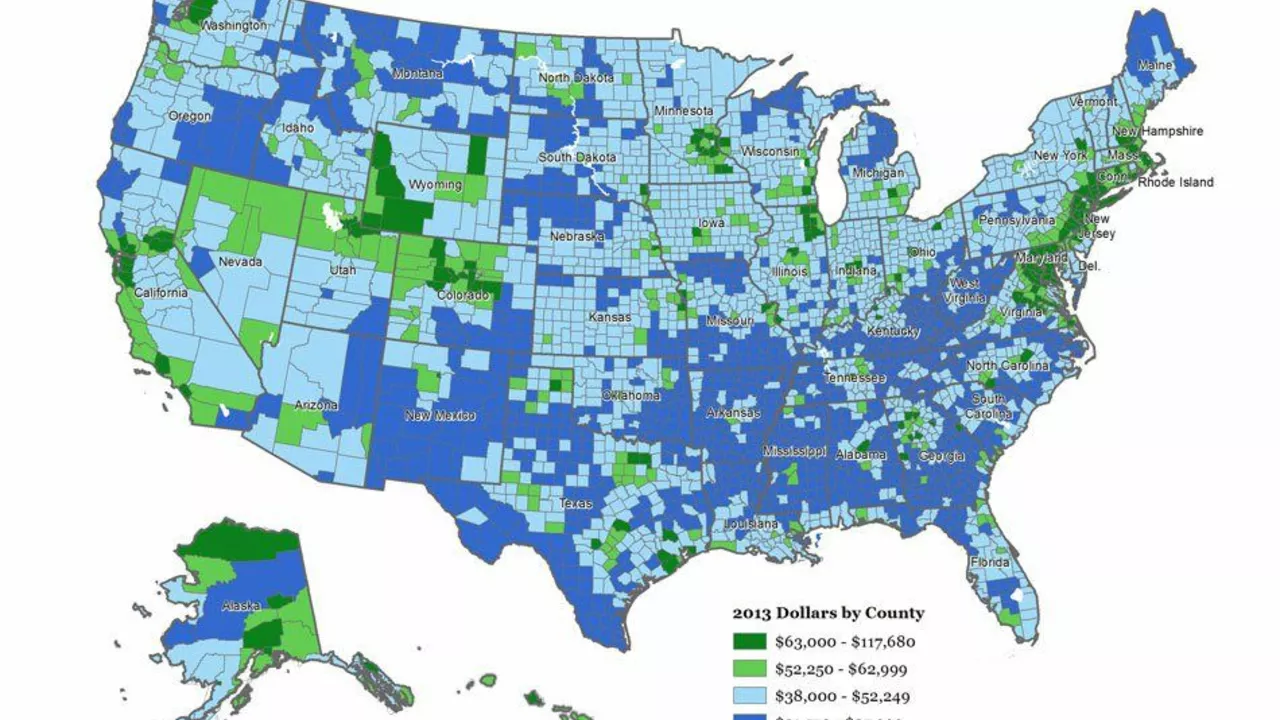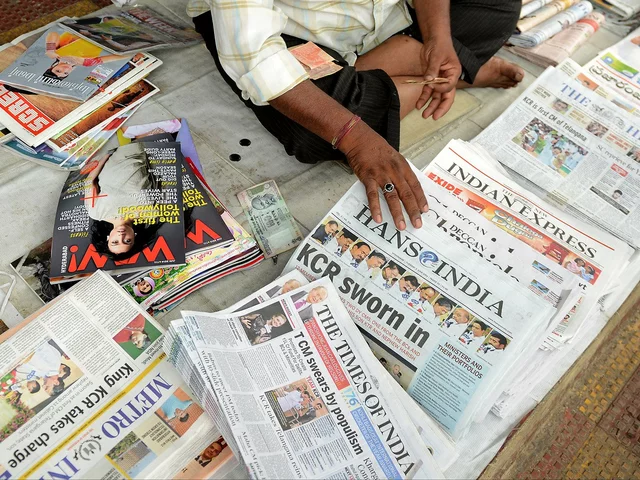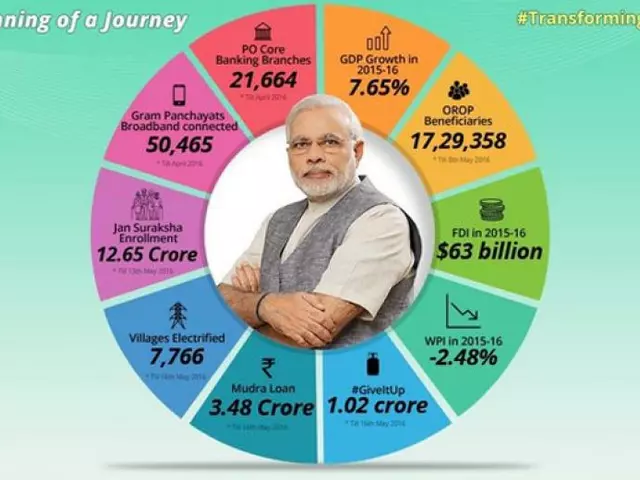
To understand why so many people in India lack access to quality education, one must first grasp the broader socioeconomic landscape. Although India is evolving as a significant global economy, a vast population still grapples with the challenges of poverty and illiteracy. It's troubling to see that many cannot access basic educational resources, let alone services like "write my paper help" which students in other parts of the world might find commonplace.
Demographic Challenges
India's vast population, coming second only to China, poses unique educational challenges. This massive demographic means that resources, including those for education, are spread thin, leading to larger class sizes and fewer opportunities for individualized learning.
Income Disparity and Its Effects on Education
Income disparity plays a big role in India's educational challenges. While a minority enjoys the benefits of affluence, the majority find it hard to fund their educational pursuits. This economic divide often reflects in educational outcomes and opportunities, with inequality playing a prominent role.
Entrenched Cycles of Illiteracy
There's a deeply rooted cycle in India where lack of education leads to poverty, restricting access to education. Factors such as limited healthcare, unsatisfactory living conditions, and illiteracy perpetuate this cycle.
Education Accessibility and Skill Development
The path to improving literacy rates and breaking the cycle of poverty lies in education and skill enhancement. But many regions, especially rural India, lack adequate educational facilities and training programs. This shortfall then manifests as underemployment or unemployment.
Administrative Challenges
Corruption and governance issues also obstruct India's educational progress. Mismanagement in the public sector can misallocate resources meant for education. Coupled with ineffective policies, these challenges further hinder the educational growth of the nation.
Dependence on Traditional Professions
A significant portion of India's populace still depends on agriculture, a profession often not in sync with modern educational needs. The unpredictable nature of this sector, due to factors like erratic monsoons, often leaves families without the means to invest in education.
Societal Barriers to Education
Social norms and deep-rooted discrimination related to caste, religion, and gender can also limit educational opportunities. These barriers can prevent entire sections of society from acquiring education and thus improving their socioeconomic status.
Conclusion: Education as the Way Forward
Recognizing the educational challenges in India is the first step in addressing them. The path forward will require a focus on quality education, efficient governance, equitable resource distribution, and societal reform. With these efforts, India can pave the Way for a brighter, more educated future for all its residents.









Write a comment